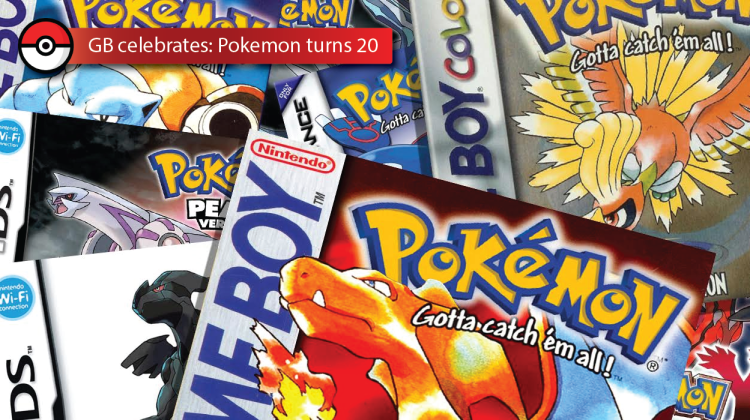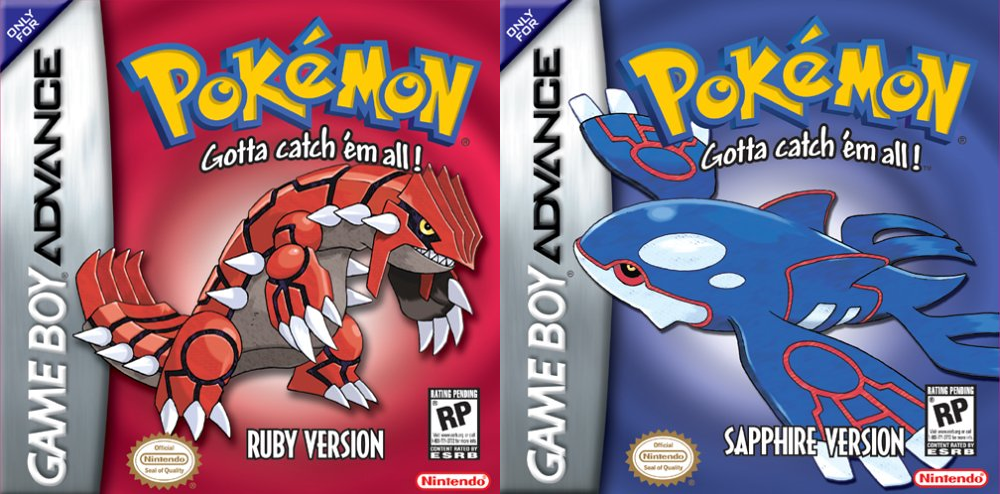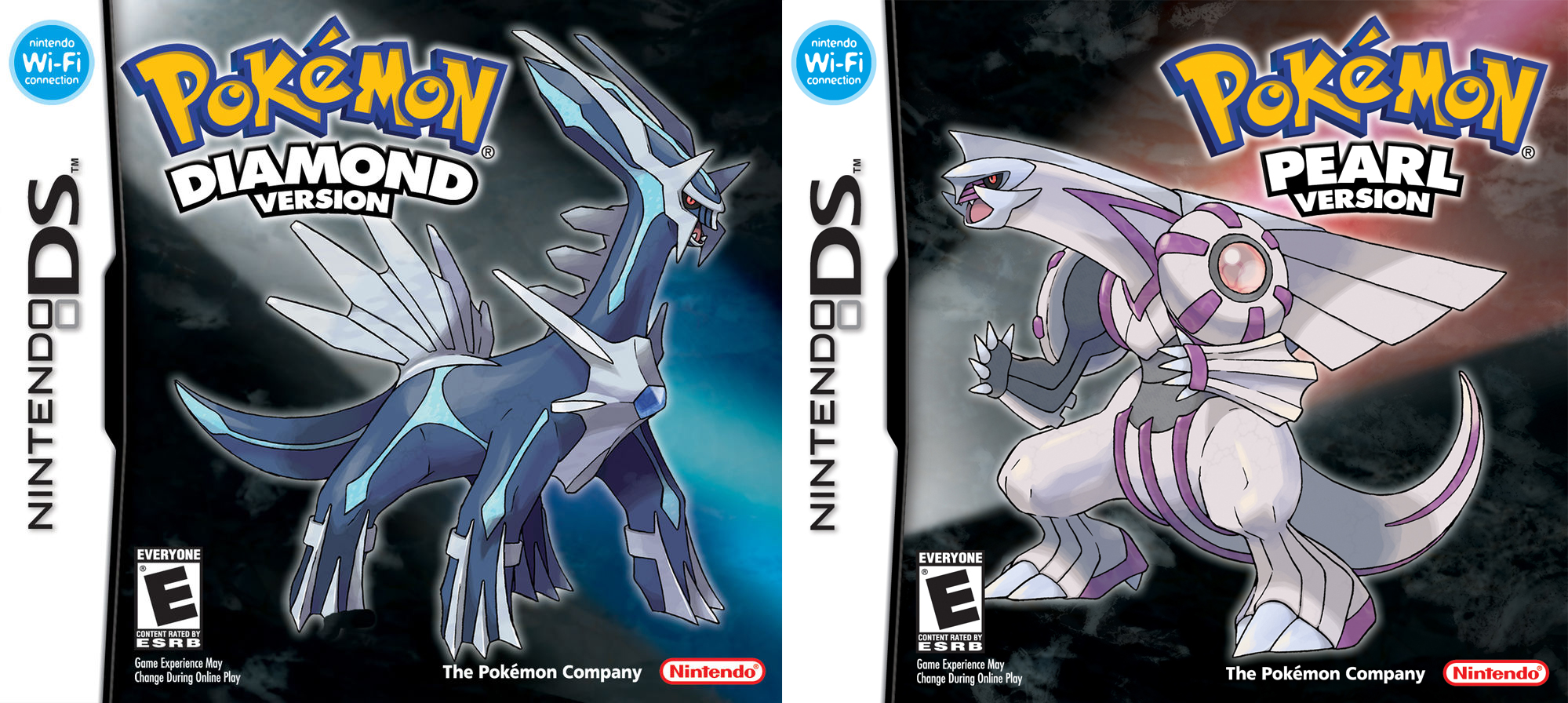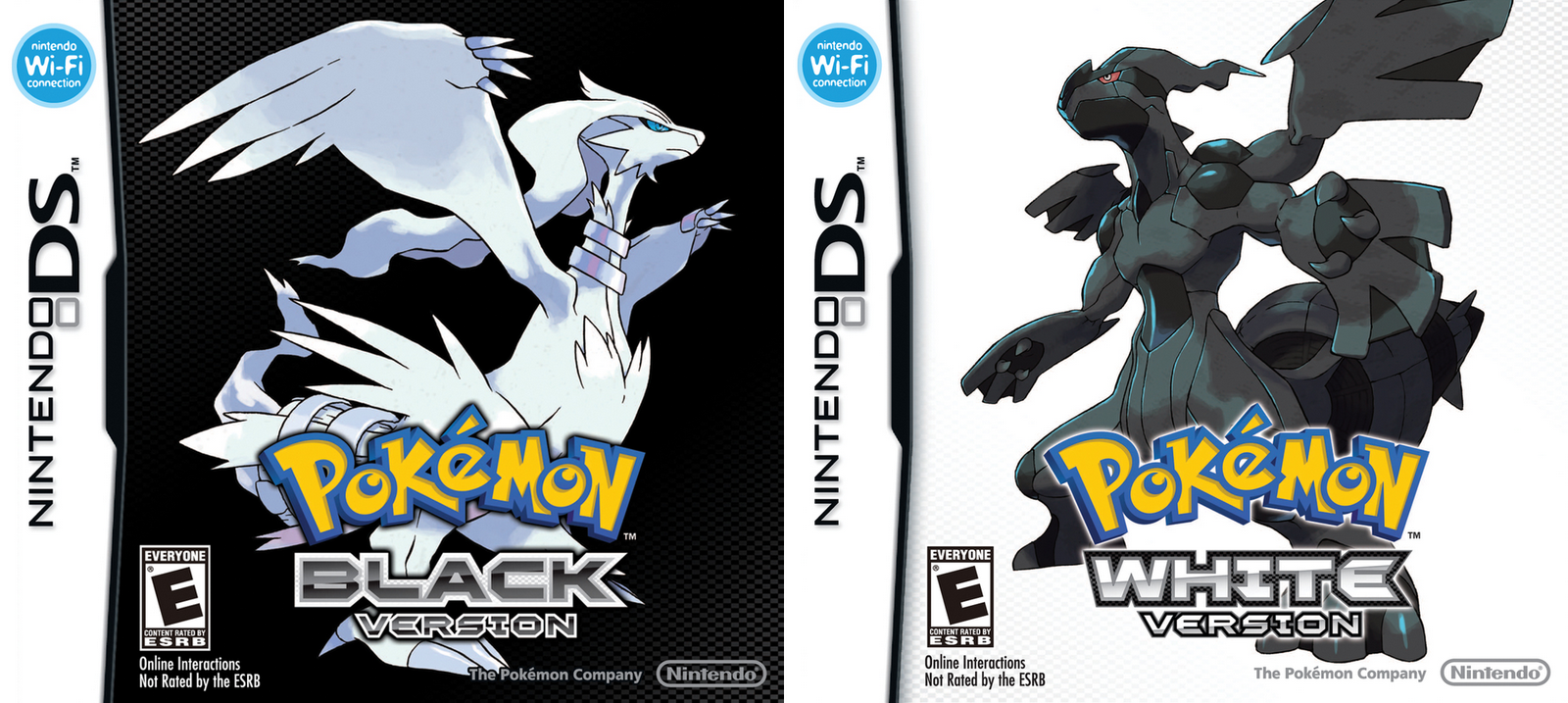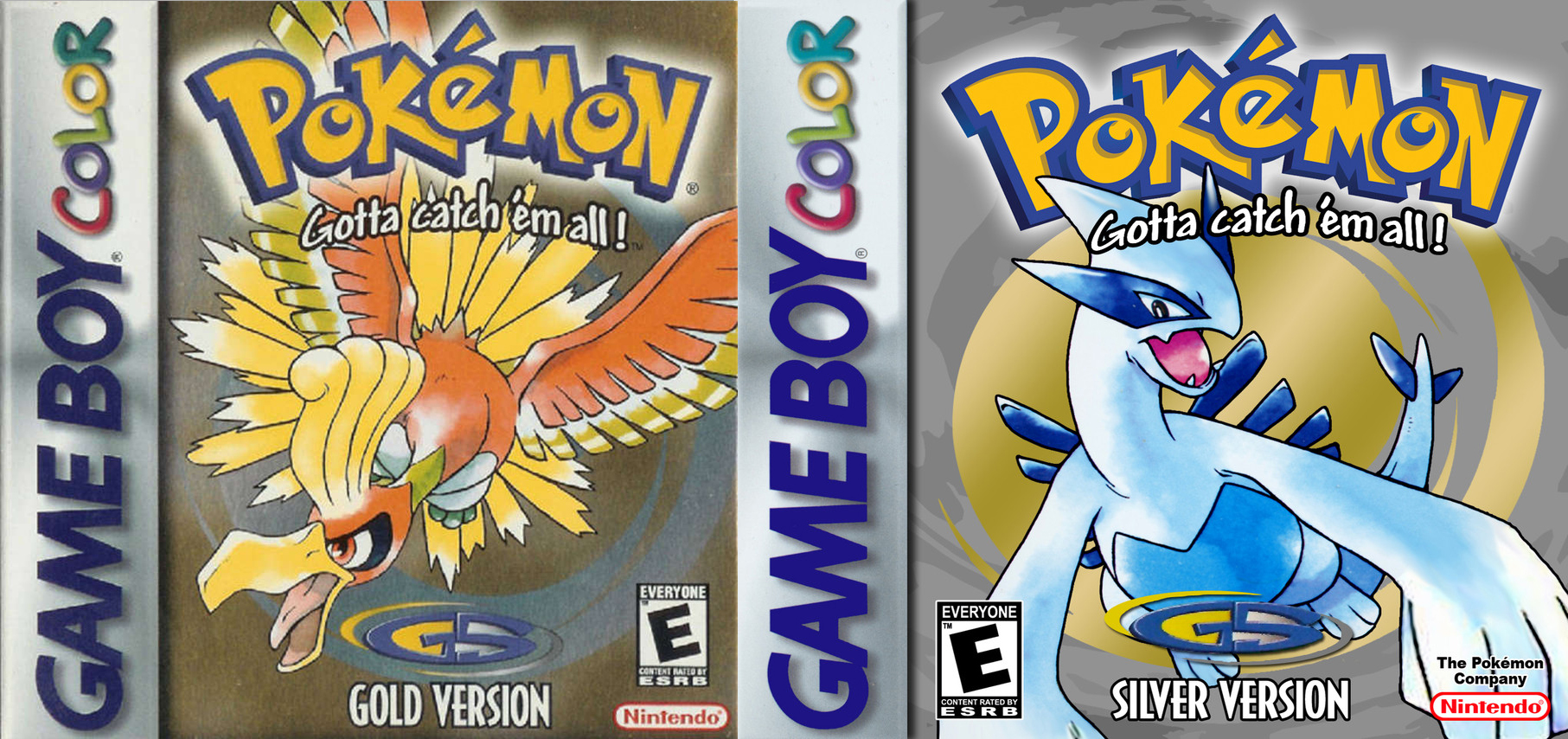Twenty years of Pokémon has given us six generations of great games, but they aren’t all equal.
Each of those six generations includes two versions that have slight changes (usually just offering different Pokémon you can capture, which encourages players to trade with friends who own different versions). Total sales for Pokémon have reached over 200 million, and most of that comes from these main entries. But the brand extends beyond that. It’s not just the best-selling portable game series of all time, it’s also a successful card game, a hit kids show, and will even extend into the world of augmented reality later this year with Pokémon Go from the Google-back Niantic Labs. A seventh generation of games, Pokémon Sun and Moon, will come out this holiday.
As part of celebration of the franchise’s 20th anniversary, we thought it would be fun to rank these games from worst to best. Note that we’re only talking about the original two for each generation, so we’re not including third versions like Yellow and Crystal, semi-sequels like Black and White 2, or remakes likes FireRed and SoulSilver.
Now, let’s get this countdown started.
Ruby and Sapphire (Third generation, 2002)
Although I’m calling it the worst of the main series, Ruby and Sapphire are both great games. They just don’t really stand out. While Gold and Silver introduced a ton of great features, Ruby and Sapphire most notably added double battles, which … kind of suck. Pokémon is designed for 1-on-1 fights. While occasionally changing things up with 2-on-2 battles might seem like a good idea, they’re kind of a weird mess.
Otherwise, Ruby and Sapphire offer improved graphics (which you’d expect with every new release), but otherwise, it feels like a blur in a crowded series.
Diamond and Pearl (Fourth generation, 2006)
Again, Diamond and Pearl didn’t really add enough to the series to receive much praise. Most of its new features involved the Nintendo DS’s bottom touchscreen, which — while nice and convenient — didn’t do much to make these games feel all that different from Ruby and Sapphire.
In fact, the Third and Fourth generation of Pokémon blur together a lot for me. Besides remembering who the main legendary Pokémon are (because they are on the box), I have a hard time recalling specific details between the games. I can’t even remember what the starter Pokémon are in Diamond and Pearl without looking them up.
X and Y (Sixth generation, 2013)
The newest entries most notably added 3D graphics to a series that long depended on sprites, which helped make Pokémon feel more modern and animated. It also introduced a new Pokémon type, Fairy, a first since the Second generation gave us Steel and Dark.
Other than that, X and Y added Mega Evolutions, new, powerful forms for certain Pokémon that you can activate per battle. Normally when a Pokémon evolves, they stay that way until they evolve again. Mega Evolutions, however, only last for a battle (although it costs nothing to go through the length animation that activates it, so you can do it for every battle if you wanted). It’s more like Goku going Super Saiyan (and inevitably turning back to normal) and less like, say, Luke Skywalker permanently becoming a Jedi. Though neat, Mega Evolutions feel a little gimmicky, like the developer was desperate for any new ideas.
Really, my biggest gripe with X and Y is how familiar they feel. Despite the new graphics, the adventure follows the same formula introduced in the original games with a zealot-like adherence to tradition; choose one of three starters, fight eight Gym Leaders, defeat the Elite Four, yada yada yada. I’m not saying Nintendo needs to overhaul the series, but I think fans would welcome a little variety (that’s actually a little more meaningful than having Charizard turn blue or whatever).
Red and Blue (First generation, 1996)
These are the originals, and they deserve all the credit for birthing one of the most successful franchises in all of gaming. In my heart, this is the generation I loved the most. Critically, though, certain parts of it haven’t aged well. The basic, black-and-white sprites look simple compared to the 3D models in X and Y, and the menus are cumbersome to navigate with the Game Boy’s limited controls (it only has a D-pad, two face buttons, and Start and Select).
Still, a lot of it does hold up. The 151 Pokémon introduced in these games remain the most iconic and memorable pocket monsters. Even the human characters have left an impression. We all remember Professor Oak, but few could name any of the other professors in the series.
Black and White (Fifth generation, 2010)
Mechanically, Black and White didn’t really offer much in the way of changes. However, I’m placing it this high simply because it’s the only Pokémon generation to have a memorable story. While the plot of every other series entry barely extends outside of “collect them all and become the champion,” while usually introducing some world-ending scenario involving a legendary Pokémon which you resolve in 30 minutes, Black and White actually challenged the series’ mythology by asking if it was really OK for everyone to capture and battle Pokémon for their own amusement (an argument presented, oddly, by the games’ villains).
Besides the story, Black and White are solid games with likable characters, great, new Pokémon, and the best starters since the original (Snivy!).
Gold and Silver (Second generation, 1999)
Pokémon’s sophomore effort remains its best. This was the first entry in the main series to come out while the brand was a legitimate phenomenon, and Nintendo obviously felt the pressure to deliver an improved experience. Gold and Silver added a ton of new features that became standard in the franchise: day and night cycles, breeding, hold-able items, and shiny Pokémon. It also introduced two new Pokémon tpyes: Steel and Dark (which helped to counter Physic-type, which was overly powerful in Red and Blue).
Also, the game didn’t end once you beat the Elite Four. After that, you got to explore the world and beat the Gym Leaders from Red and Blue, and you even got to fight that generation’s playable trainer in an epic final battle. It all made Gold and Silver the series’ most innovative and best entry.
VentureBeat's mission is to be a digital town square for technical decision-makers to gain knowledge about transformative enterprise technology and transact. Learn More
